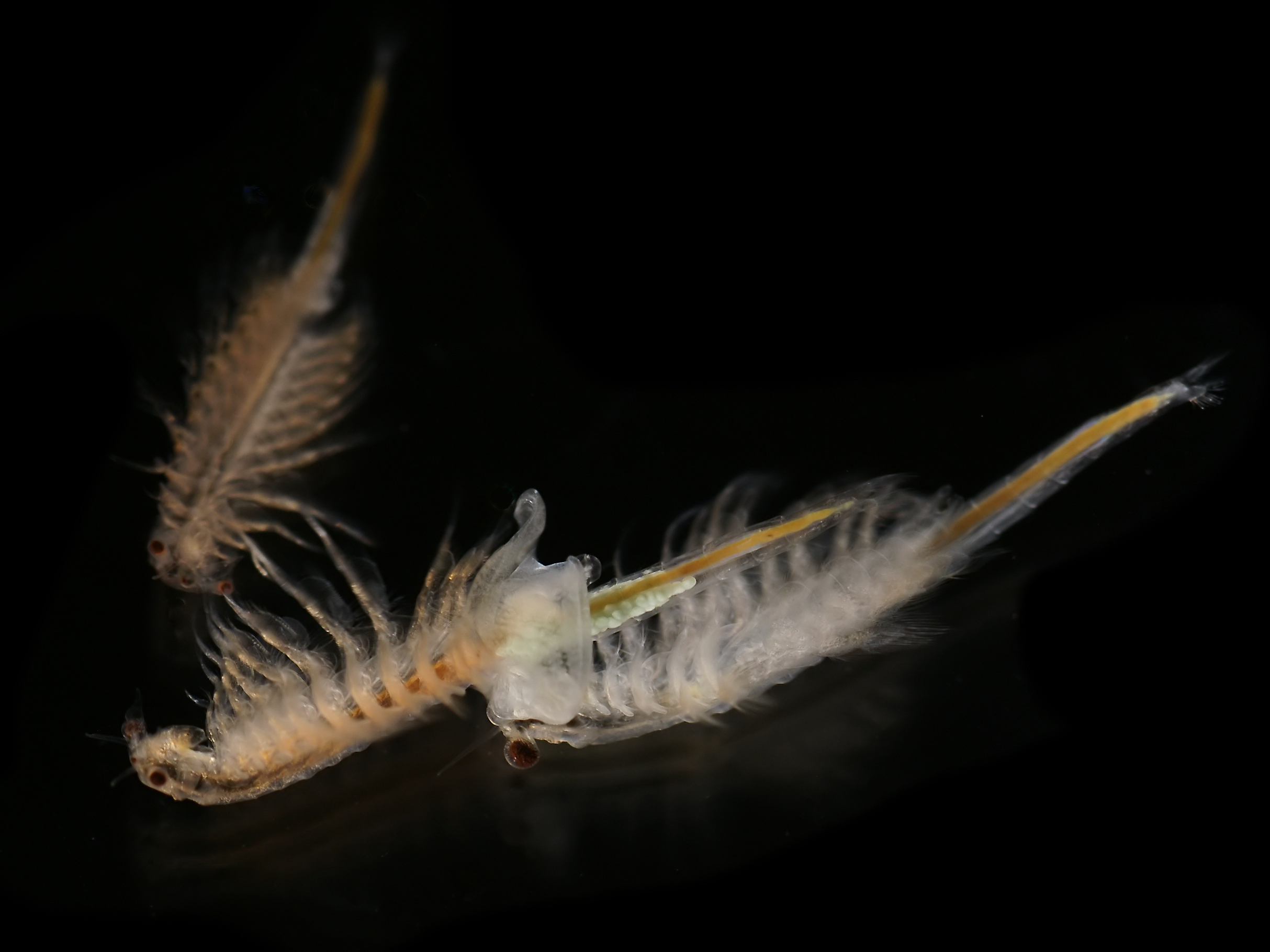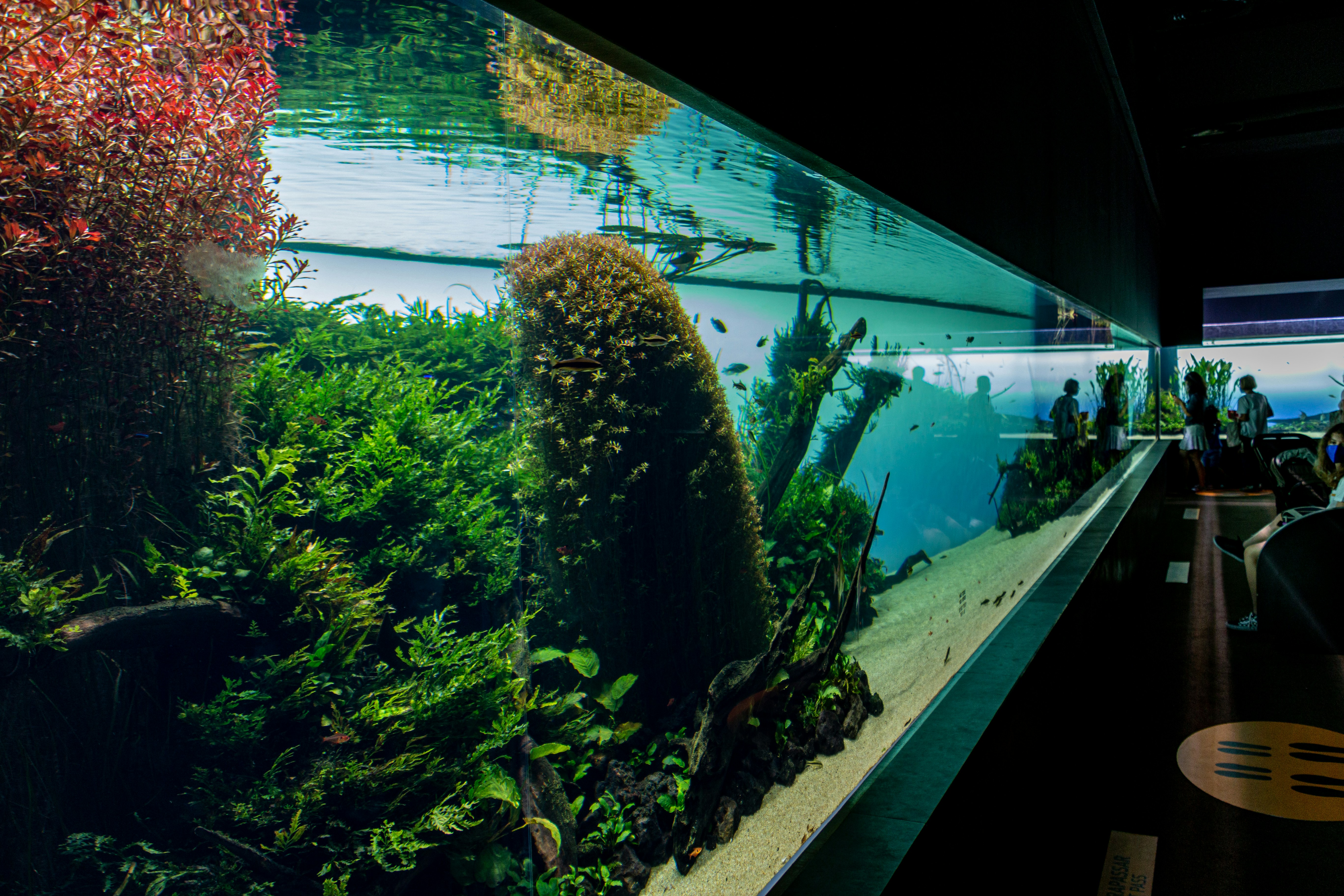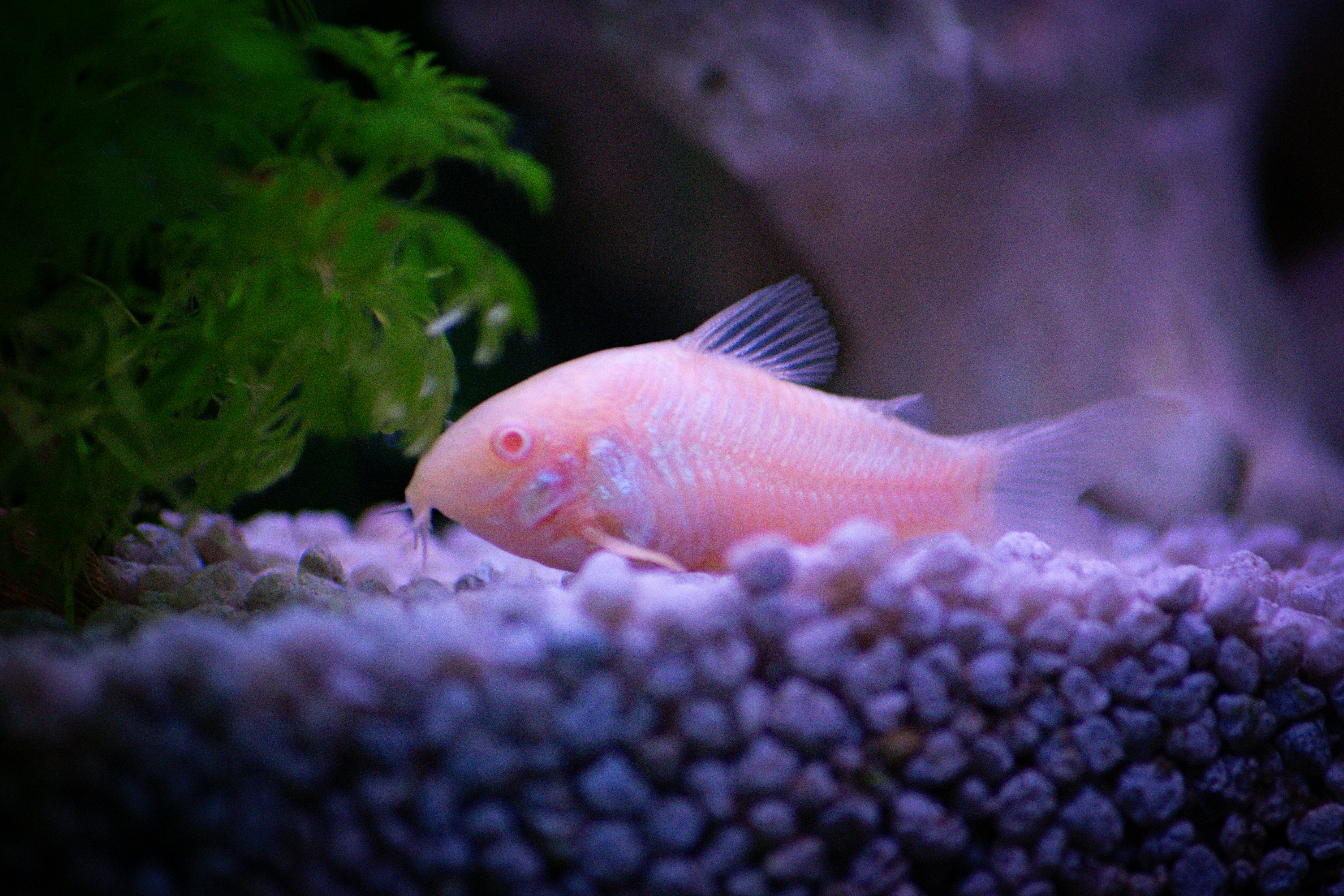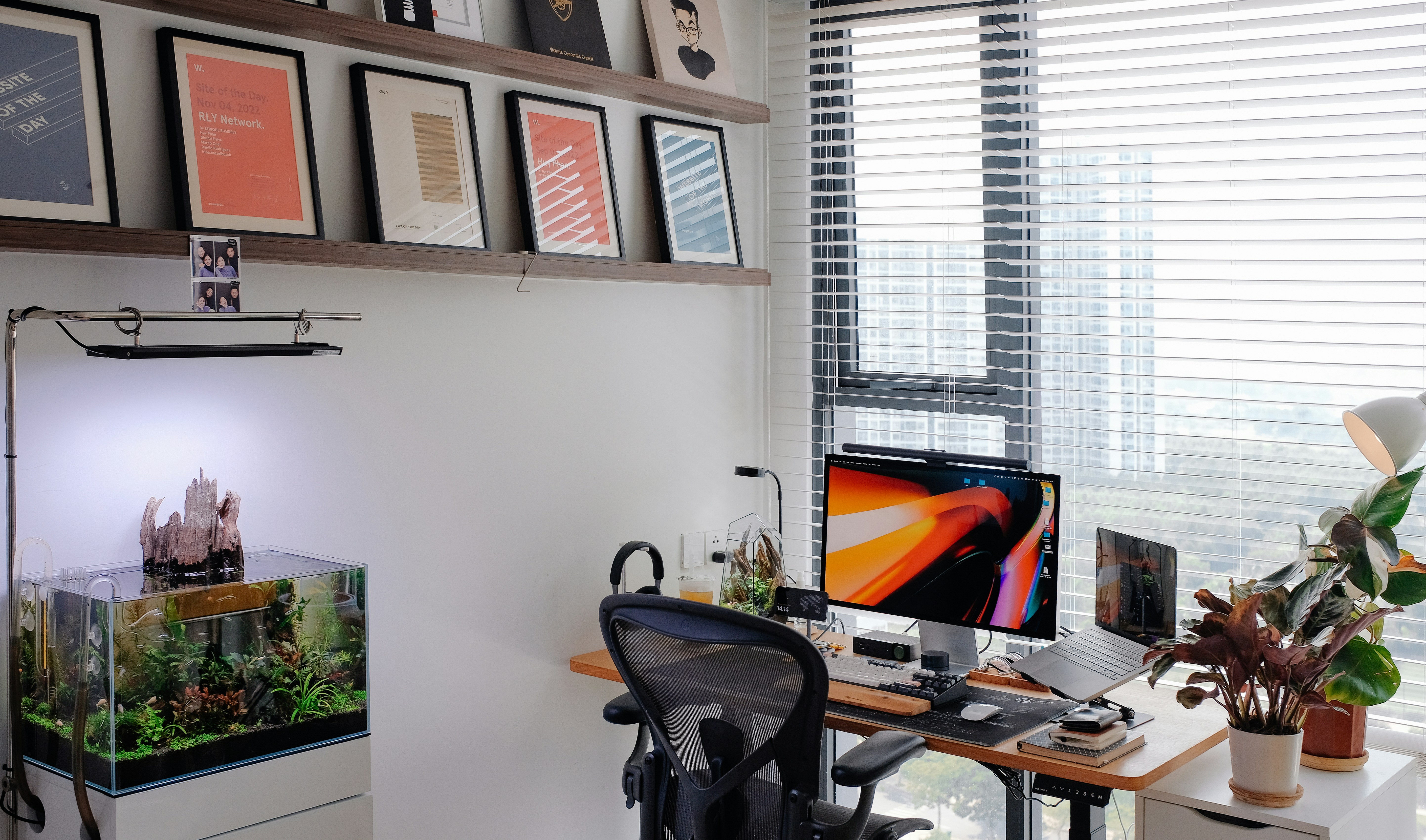
Live Brine Shrimp: Complete Guide to Feeding, Hatching, and Care for Aquarium Fish
Live brine shrimp (Artemia salina) are one of the most valuable foods for aquarium fish, providing essential nutrition for both freshwater and saltwater species. This comprehensive guide covers everything from where to buy live brine shrimp to setting up your own hatching system.
What Are Live Brine Shrimp?
Live brine shrimp, also known as artemia, are small crustaceans that live in salt lakes around the world. They're prized by aquarists because:
- High nutritional value: Rich in proteins, lipids, and essential fatty acids
- Perfect size: Newly hatched nauplii are ideal for fry feeding
- Movement stimulation: Live movement triggers feeding responses
- Easy digestion: Soft bodies are easily processed by fish
- Long shelf life: Cysts remain viable for years when stored properly
Where to Buy Live Brine Shrimp
Local Aquarium Stores
Many tropical fish stores near you carry live brine shrimp or can special order them:
- Fresh live adults: Ready to feed immediately
- Brine shrimp eggs: For hatching your own supply
- Frozen alternatives: Convenient but less nutritious than live
- Expert advice: Staff can guide you on feeding amounts and schedules
Online Sources for Live Artemia
When searching for "buy live brine shrimp" online, consider:
- Specialty aquarium suppliers: Often have the freshest stock
- Hatchery direct: Best prices for bulk purchases
- Express shipping: Essential for maintaining live quality
- Seasonal availability: Weather affects shipping schedules
Types of Brine Shrimp Products
Live Adult Brine Shrimp
- Size: 8-15mm long when fully grown
- Best for: Adult fish and larger juveniles
- Storage: Keep in saltwater, use within 2-3 days
- Nutrition: Highest nutritional value when fresh
Brine Shrimp Nauplii (Baby Brine Shrimp)
- Size: 0.4-0.5mm when newly hatched
- Best for: Fish fry, small fish species
- Hatching time: 18-36 hours depending on temperature
- Peak nutrition: First 24 hours after hatching
Brine Shrimp Eggs (Cysts)
- Hatch rate: Quality cysts should have 90%+ hatch rate
- Storage: Keep cool and dry for maximum viability
- Shelf life: 2-5 years when stored properly
- Varieties: Different strains for various applications
Setting Up a Brine Shrimp Hatchery
Equipment Needed
- Hatching container: 2-liter soda bottles work well
- Air pump: Provides essential oxygenation
- Air tubing and airstone: For vigorous aeration
- Light source: 25-40 watt bulb for warmth and stimulation
- Brine shrimp net: Fine mesh for harvesting
- Salt mix: Marine aquarium salt or rock salt
Step-by-Step Hatching Process
- Prepare saltwater: Mix 1-2 tablespoons salt per liter of water (specific gravity 1.018-1.025)
- Add eggs: Use 1 teaspoon of cysts per liter of water
- Provide aeration: Vigorous bubbling keeps eggs suspended
- Maintain temperature: 78-82°F (25-28°C) for optimal hatching
- Add lighting: Continuous light improves hatch rates
- Wait for hatching: Nauplii emerge in 18-36 hours
- Harvest carefully: Separate live nauplii from unhatched cysts
Harvesting and Separating Live Brine Shrimp
Simple Separation Method
- Turn off aeration and let settle for 10 minutes
- Live nauplii swim toward light source
- Empty shells float to surface
- Unhatched cysts sink to bottom
- Siphon nauplii from middle section
Advanced Separation Techniques
- Separation funnel: Professional setup for high-volume production
- Light trap: Use light to concentrate nauplii
- Fine strainers: Multiple mesh sizes for different life stages
- Decanting: Careful pouring to separate components
Feeding Live Brine Shrimp to Your Fish
Feeding Guidelines
- Amount: Feed only what fish can consume in 5-10 minutes
- Frequency: 2-3 times daily for fry, once daily for adults
- Water quality: Remove uneaten food to prevent pollution
- Freshwater adaptation: Rinse with freshwater before feeding freshwater fish
Fish That Benefit from Live Brine Shrimp
- Fish fry: Essential food for newly hatched fish
- Bettas: Enhances color and breeding condition
- Discus: Important for growth and health
- Marine fish: Natural diet component for saltwater species
- Breeding fish: Conditioning food for spawning
Nutritional Benefits of Live Artemia
Nutritional Profile
- Protein content: 55-60% dry weight
- Fat content: 15-25% including essential fatty acids
- Amino acids: Complete profile including all essential types
- Vitamins: Rich in vitamin A, E, and B-complex
- Minerals: Good source of calcium, phosphorus, and iron
Live vs. Processed Foods
Live brine shrimp provide advantages over processed alternatives:
- Nutrient retention: No degradation from processing
- Natural hunting behavior: Stimulates predatory instincts
- Easy digestion: Fresh food processes more easily
- Breeding stimulation: Live foods often trigger spawning
Enriching Brine Shrimp
Gut Loading Process
Enhance nutritional value by feeding brine shrimp before offering to fish:
- Spirulina powder: Increases color and nutrition
- Yeast: Boosts protein content
- Commercial enrichments: Specialized products for optimal nutrition
- Microalgae: Natural food that enhances fatty acid content
Enrichment Timeline
- Hatch brine shrimp as normal
- Transfer to clean saltwater after 24 hours
- Add enrichment food
- Feed for 12-24 hours with gentle aeration
- Harvest and feed to fish immediately
Troubleshooting Common Problems
Poor Hatch Rates
- Check egg quality: Old or improperly stored cysts won't hatch
- Temperature issues: Too cold or too hot affects hatching
- Salinity problems: Wrong salt concentration prevents hatching
- Insufficient aeration: Eggs need constant movement and oxygen
- pH levels: Optimal range is 8.0-8.5
Short Survival Times
- Water quality: Poor conditions stress nauplii
- Temperature shock: Gradual temperature changes needed
- Overcrowding: Too many nauplii in small space
- Lack of food: Nauplii need feeding after 24 hours
Storage and Preservation
Storing Live Adults
- Refrigeration: Slows metabolism, extends life
- Aeration: Gentle bubbling maintains oxygen
- Feeding: Small amounts of yeast or algae
- Water changes: Partial changes maintain quality
Cyst Storage
- Cool, dry place: Refrigerator is ideal
- Airtight containers: Prevents moisture absorption
- Desiccant packets: Additional moisture protection
- Date labeling: Track age for quality control
Finding Supplies at Local Fish Stores
When visiting aquarium stores near you for brine shrimp supplies, look for:
- Quality cyst brands: San Francisco Bay Brand, Hikari, Ocean Nutrition
- Hatching equipment: Purpose-built hatcheries and accessories
- Enrichment products: Specialized foods for gut loading
- Salt mixes: Proper marine salts for hatching
- Expert advice: Staff experience with brine shrimp culture
Alternatives to Live Brine Shrimp
When Live Isn't Available
- Frozen brine shrimp: Convenient but less nutritious
- Freeze-dried: Long shelf life, easy storage
- Liquid fry food: Suitable for very small fry
- Micro worms: Live alternative for fry feeding
- Baby brine shrimp flakes: Processed alternative
Commercial Brine Shrimp Production
Understanding commercial production helps you evaluate product quality:
- Wild harvesting: Collected from natural salt lakes
- Cyst processing: Cleaning and grading for quality
- Packaging methods: Vacuum sealing and moisture control
- Quality testing: Hatch rate verification
- Source identification: Different lakes produce different quality
Seasonal Considerations
Weather Impact on Live Shipping
- Summer heat: Insulated shipping required
- Winter cold: Heat packs necessary
- Spring availability: Peak season for fresh harvests
- Holiday delays: Plan ahead for shipping interruptions
Live brine shrimp represent one of the most valuable foods you can provide for your aquarium fish. Whether you buy live brine shrimp from local stores or hatch your own from eggs, these nutritious crustaceans support fish health, enhance coloration, and stimulate natural feeding behaviors.
Start with small batches to perfect your technique, then scale up production based on your fish population needs. Many tropical fish stores near you can provide guidance on local water conditions and the best strains of artemia for your specific fish species.
Brine shrimp photo by Hans Hillewaert, licensed under CC BY-SA 4.0.


